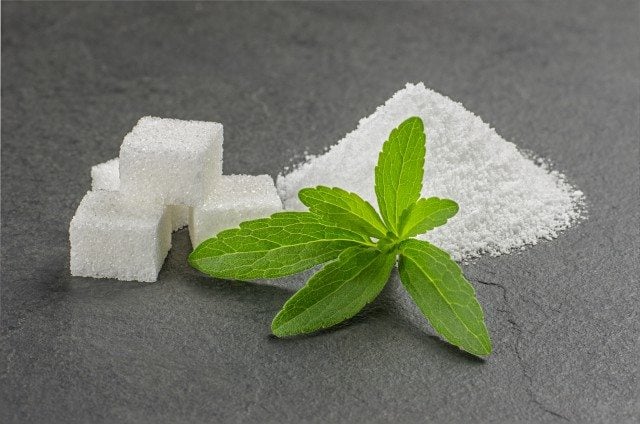Cornell food scientists have reduced the sweetener stevia’s bitter aftertaste by physical – rather than chemical – means, as noted in the Volume 197, Part A issue of the journal Food Chemistry.
While previous studies have focused on masking taste receptors, Cornell food scientists worked on one of stevia’s components, rebaudioside A (also known as Reb A), the glycoside molecule that provides its sugary taste but yields a speck of aftertaste that limits the sweetener’s commercial possibilities.
They modified Reb A by applying hydrophobic effects to the bovine serum albumin protein, which creates a stable Reb A-protein complex – and it essentially dissipates the Reb A molecular components without breaking or forming any chemical bonds.
This protein solution disengages stevia’s bitter components, making it less likely for the human tongue’s bitter receptors to recognize the modified Reb A-protein complex.
The researchers tested the modified protein’s sturdiness in orange juice and found the sweet binding remained intact.
The study’s findings could encourage the beverage industry, packaged dressings, cream sauces, powdered soups and dairy products to use more stevia.
Cornell professor of food process engineering, Syed Rizvi, co-authored the research entitled Controlling the Taste Receptor Accessible Structure of Rebaudioside A via Binding to Bovine Serum Albumin, with Samriddh Mudgal, the lead author and former graduate student in Rizvi’s lab at Cornell; Ivan Keresztes, director of Cornell’s NMR facility in the Department of Chemistry and Chemical Biology, and Gerald W. Feigenson, professor of biochemistry, molecular and cell biology.










